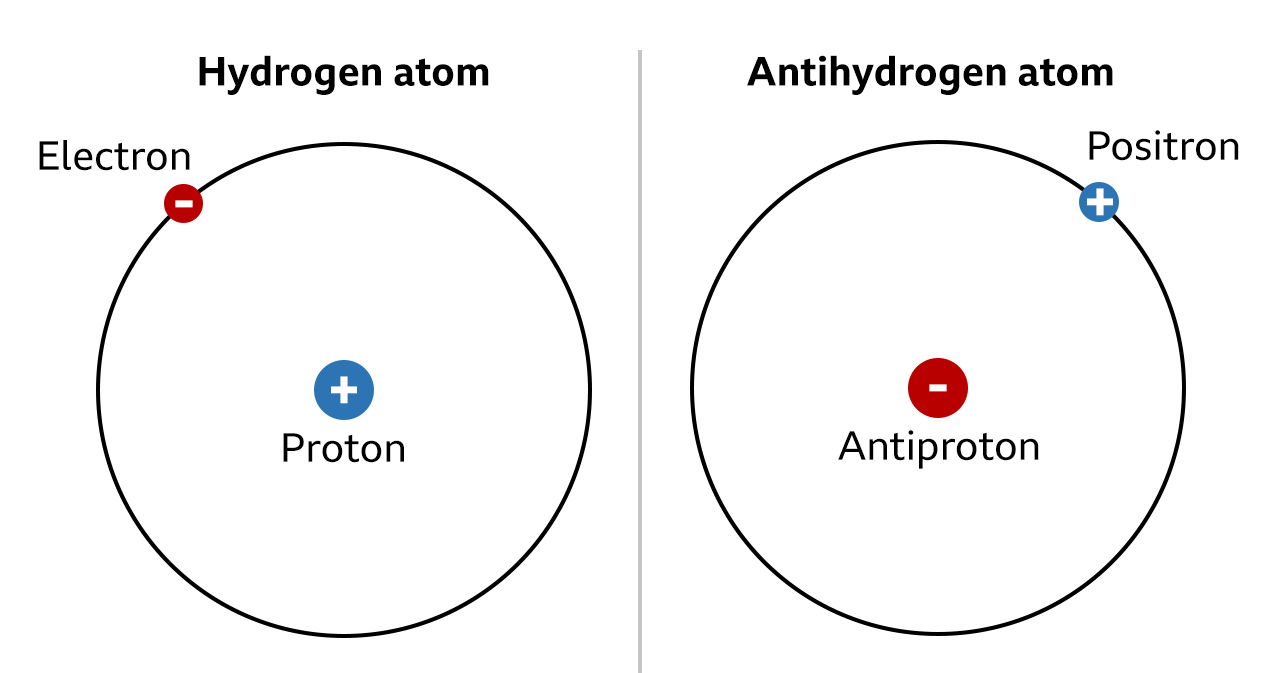When we think of expensive things, we often imagine diamonds, gold, or rare art pieces. But there’s one substance that outshines them all — antimatter. Not only is it mind-bending in concept, but it also holds the title of the most expensive material on Earth — and in the universe.

What Is Antimatter?
Antimatter is the mirror opposite of regular matter. For every particle in matter, there exists an equivalent antiparticle with the same mass but opposite charge:
- Electron → Positron (positive charge)
- Proton → Antiproton (negative charge)
- Neutron → Antineutron (same mass, opposite magnetic moment)
When a particle and its corresponding antiparticle meet, they annihilate each other, releasing energy according to Einstein’s famous equation, E = mc². This makes antimatter an incredibly powerful — and potentially useful — energy source.
Why Is Antimatter So Expensive?
Producing antimatter is incredibly difficult. It can’t just be dug up or synthesized easily — it must be created in particle accelerators, such as those at CERN (the European Organization for Nuclear Research).
- To create just 1 gram of positrons (the antimatter counterpart to electrons), it would cost about $25 billion.
- To store it, even more money is needed. Since antimatter annihilates on contact with regular matter, it has to be suspended in a vacuum using magnetic fields.
According to NASA estimates, 1 milligram of positrons would cost around $100 million, which makes 1 gram cost roughly $100 trillion. That’s more than the GDP of all the countries on Earth combined!
Antimatter in Space Travel?
Despite the cost, scientists are seriously exploring the use of antimatter in space propulsion. A tiny amount of antimatter could produce immense thrust, making it a powerful fuel for long-distance missions — perhaps even to Mars and beyond. But the cost, storage issues, and production limitations keep it far from practical use — at least for now.
Antimatter in Medicine
There is one place antimatter is already being used: medicine. In PET scans (Positron Emission Tomography), a small amount of radioactive substance emits positrons inside the body. When these positrons encounter electrons, they annihilate and emit gamma rays, which are detected to form detailed images of organs and tissues.
How Much Antimatter Exists Naturally?
Antimatter does occur naturally, but in extremely tiny amounts — in cosmic rays and during certain radioactive decays. However, the Earth doesn’t store usable quantities, and collecting it from space is not feasible with current technology.
Could Antimatter Be Used as a Weapon?
Theoretically, yes. The annihilation of even a few milligrams of antimatter with matter could unleash energy comparable to nuclear explosions. But practically, producing and storing that amount is beyond our current capabilities — so antimatter weapons remain in the realm of science fiction.
Antimatter is a fascinating scientific marvel — equal parts physics mystery and technological challenge. It’s the most expensive material known, not because it’s rare in nature, but because of the monumental difficulty in creating and handling it. As research continues, antimatter might move from labs and sci-fi books into real-world applications, changing the future of medicine, energy, and space travel.